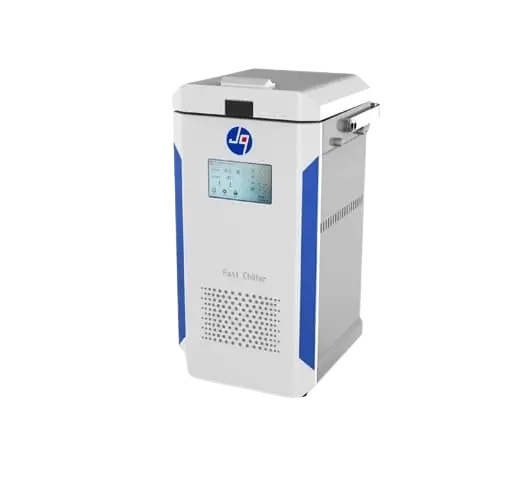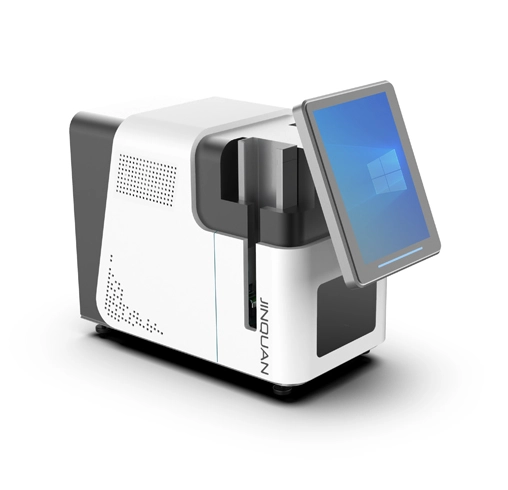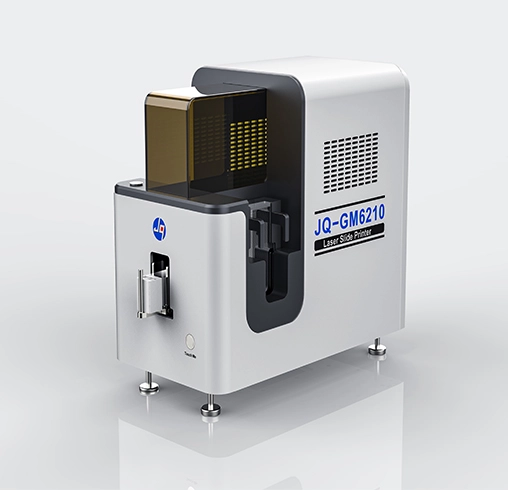The Critical Role of Fast Tissue Freezers in Rapid Intraoperative Pathological Diagnosis
Intraoperative rapid frozen section pathological diagnosis is a new technology that has been applied in pathology departments of hospitals at all levels in recent years. It provides a clearer pathological diagnosis for patients within 30 minutes. The specimen freezing instrument plays a critical role in intraoperative rapid frozen pathological diagnosis.
The Advantages of Specimen Fast Tissue Freezers in Intraoperative Diagnosis
First, traditional pathology reports take 3 to 5 days, but the advantage of intraoperative frozen diagnosis using a tissue freezer is that it is simple, rapid, and time-efficient. It is currently the fastest method for pathological diagnosis in advanced surgeries in our country. Second, it avoids secondary surgeries. Intraoperative freezing is an emergency consultation method between the surgical department and the pathology department. It is a high-tech, high-difficulty examination that requires high pathological skills, marking the high level of pathological diagnosis technology in the hospital. Lastly, this method can clarify the nature of the diseased tissue and provide effective guidance for the surgery, for example, in guiding breast lump surgery to determine whether local excision or radical treatment is needed.
For guiding breast lump surgery to determine whether local excision or radical treatment is needed.

Application Scope and Operational Requirements of the Specimen Fast Tissue Freezers
Intraoperative rapid frozen pathological diagnosis is applicable in the following situations: to determine whether the diseased tissue is a tumor and whether the tumor is benign or malignant, to understand the location of the tumor and whether it has spread to nearby organs, to determine the scope of surgery, to help identify some unexpected and suspicious tiny tissues during surgery, and to take fresh tissue for tumor drug sensitivity tests. The surgical specimen for frozen section examination should be immediately delivered to the pathology department along with the freezing application form after excision, indicating the name and location of the surgical specimen, with key areas marked or explained. The surgical specimen should be kept fresh, without any fixative solution or washing with aqueous solutions to avoid affecting the preparation and diagnosis. The accuracy rate of frozen section pathological diagnosis is quite high, which is very important support and help for surgeons. Surgeons can understand the nature of the lesion through intraoperative rapid freezing examination to promptly modify the surgical plan and make on-the-spot diagnoses. The specimen freezing instrument can quickly freeze tissue samples during surgery, enabling rapid diagnosis, usually completed within 30 minutes.
The Importance of Specimen Fast Tissue Freezers in Intraoperative Rapid Frozen Pathological Diagnosis
Through intraoperative rapid diagnosis, doctors can immediately understand the nature of the tissue, such as whether it is malignant, thereby guiding the further course of the surgery. Rapid pathological results reduce uncertainty during surgery and provide doctors with clear information. Rapid diagnosis helps shorten surgery time, improves the efficiency of operating room usage, and reduces medical costs. Accurate intraoperative diagnosis can avoid secondary surgeries caused by unclear diagnoses, reducing patient's risks and burdens. Timely diagnosis and treatment decisions can improve patient outcomes, especially in cancer surgeries.
Intraoperative rapid frozen pathological diagnosis requires the pathologist to have superb skills to ensure the quality of the sample and the accuracy of the diagnosis.




